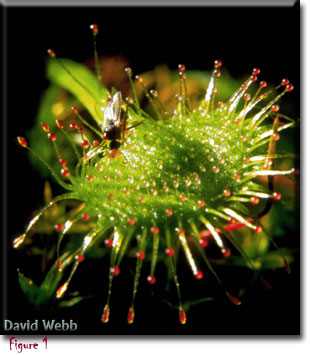 TRAP TYPE: Flypaper Trap
TRAP TYPE: Flypaper Trap
Currently Ca. 152 listed species occupying temperate and tropical habitats throughout the world.
The master of sticky fly paper, Drosera (sundew), is a slow trap compared to the one in Venus Flytrap. However, the sundew relies on first trapping its prey with its sticky, glandular hairs, as shown in Figure 1, before it slowly rolls up the edges of the leaf. It does not fold like the Venus fly trap, but it can effective enclose small flies with the numerous hairs.
The sundews, so named because their glandular leaf hairs glisten like dew in the sun, are not only common in bogs, but can occur on sandy banks and other mineral soils poor in organic nitrogen and phosphorus. So fascinating is this tiny plant that Darwin (1875) spent 285 pages of his book on insectivorous plants describing his own experiments on it.
The hairs are stalked glands (Figure 3, 4 & 5) and produce digestive juices that decompose the trapped prey. These digestive enzymes, including protease and phosphatase, increase in production once a prey has been captured, reaching maximum concentration about the fourth day.
Although one sundew is hardly an effective means of eliminating insect pests, Oliver (in Heslop-Harrison, 1978) counted insects trapped in a sampling of plants in England and estimated that about six million insects were trapped in a bog of about two acres!
Darwin cultivated sundews and showed that those that were fed insects were more vigorous, produced more flowers, and set more seeds than the ones that were denied any prey (in Heslop-Harrison, 1978). Pate and Dixon found that 40% of the amino acid arginine stored in the underground corms of Drosera had come from the insects they had experimentally fed with labeled nitrogen (in Heslop-Harrison, 1978).
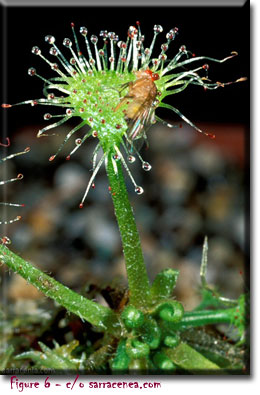
Ca. 152 Listed Species
D. acaulis Linné (1781) | D. adelae F. Muell. (1864) | D. admirabilis Debbert (1987) | D. afra Debbert (2002) | D. alba Phillips (1913) | D. aliciae R. Hamet (1905) | D. androsacea Diels (1904) | D. anglica Huds. (1778) | D. arcturi Hook. (1834) | D. arenicola Steyerm. (1952) | D. ascendens St. Hil. (1824) | D. barbigera Planch. (1848) | D. bequaertii Taton (1945) | D. bicolor Lowrie & Carlquist (1992) | D. binata Labill. (1804) | D. brevicornis Lowrie (1996) | D. brevifolia Pursh. (1814) | D. broomensis Lowrie (1996) | D. browniana Lowrie & N. Marchant (1992) | D. bulbigena Morr. (1903) | D. burkeana Planch. (1848) | D. burmanni Vahl (1794) | D. caduca Lowrie (1996) | D. callistos N. Marchant & Lowrie (1992) | D. camporupestris Rivadavia (2003) | D. capensis L. (1753) | D. capillaris Poir. (1804) | D. cendeensis Tamayo & Croizat (1949) | D. chrysolepis Taub. (1893) | D. cistiflora L. (1760) | D. citrina Lowrie & Carlquist (1992) | D. closterostigma N. Marchant & Lowrie (1992) | D. communis St. Hil. (1824) | D. compacta Exell & Laundon (1955) | D. cuneifolia L. f. (1781) | D. curviscapa Salt. (1939) | D. darwinensis Lowrie (1996) | D. derbyensis Lowrie (1996) | D. dichrosepala Turczaninov (1854) | D. dielsiana Exell. & Laundon (1956) | D. dilatatopetiolaris K. Kondo (1984) | D. echinoblastus N. Marchant & Lowrie (1992) | D. elongata Exell & Laundon (1955) | D. eneabba N. Marchant & Lowrie (1992) | D. enodes N. Marchant & Lowrie (1992) | D. ericksoniae N. Marchant & Lowrie (1992) | D. erythrogyne N. Marchant & Lowrie (1992) | D. esmeraldae (Steyerm.) Maguire & Wurdack. (1957) | D. esterhuyseniae (Salt.) Debbert (1991) | D. falconeri K. Kondo & P. Tsang (1984) | D. felix Steyerm. & L. B. Smith (1974) | D. fimbriata De Buhr (1975) | D. fulva Planch (1848) | D. gigantea Lindl. (1839) | D. glanduligera Lehm. (1844) | D. graminifolia St. Hil. (1824) | D. graniticola N. Marchant (1982) | D. grantsaui F. Rivadavia (2003) | D. graomogolensis T. Silva (1997) | D. grievei Lowrie & N. Marchant (1992) | D. hamiltonii C. R. P. Andrews (1903) | D. hartmeyerorum Schlauer (2001) | D. helodes N. Marchant & Lowrie (1992) | D. heterophylla Lindl. (1839) | D. hilaris Cham. & Schlecht. (1826) | D. hirtella St. Hil. (1824) | D. hirticalyx R. Duno & Culham (1995) | D. huegelii Endl. (1837) | D. humbertii Exell. & Laundon (1956) | D. humilis (Planch.) (1848) | D. hyperostigma N. Marchant & Lowrie (1992) | D. indica L. (1753) | D. insolita Taton (1945) | D. intermedia Hayne (1800) | D. intricata Planch. (1848) | D. kaieteurensis Brumm.-Ding. (1955) | D. katangensis Taton (1945) | D. kenneallyi Lowrie (1996) | D. lanata K. Kondo (1984) | D. lasiantha Lowrie & Carlquist (1992) | D. leioblastus N. Marchant & Lowrie (1992) | D. leucoblasta Benth. (1864) | D. linearis Goldie (1822) | D. longiscapa Debbert (2002) | D. lowriei N. Marchant (1992) | D. macrophylla Lindl. (1939) | D. madagascariensis DC. (1824) | D. mannii Cheek (1990) | D. meristocaulis Maguire & Wurdack (1957) | D. microphylla Endl. (1837) | D. microscapa Debbert (1991) | D. miniata Diels (1904) | D. moaensis C. Panfet (1991) | D. modesta Diels (1904) | D. montana St. Hil. (1824) | D. monticola (Lowrie & N. Marchant) Lowrie (1992) | D. moorei (Diels) Lowrie (1999) | D. myriantha Planch. (1848) | D. natalensis Diels (1906) | D. neesii Lehm. (1844) | D. neocaledonica R. Hamet (1906) | D. nidiformis Debbert (1991) | D. nitidula Planch. (1848) | D. nivea Lowrie & Carlquist (1992) | D. oblanceolata Y. Z. Ruan (1981) | D. orbiculata N. Marchant & Lowrie (1992) | D. ordensis Lowrie (1994) | D. oreopodion N. Marchant & Lowrie (1992) | D. pallida Lindl. (1839) | D. paradoxa Lowrie (1997) | D. parvula Planch. (1848) | D. pedicellaris Lowrie (2002) | D. peltata Thunb. (1797) | D. peruensis T. Silva & M. D. Correa (1982) | D. pilosa Exell. & Laundon (1956) | D. platypoda Turczaninows (1854) | D. platystigma Lehm. (1844) | D. praefolia J. G. O. Tepper (1892) | D. prolifera C. T. White (1940) | D. prostratoscaposa Lowrie & Carlquist (1990) | D. pulchella Lehm. (1844) | D. purpurascens Schlotthauber (1956) | D. pycnoblasta Diels (1904) | D. pygmaea DC. (1824) | D. radicans N. Marchant (1982) | D. ramellosa Lehm. (1844) | D. rechingeri Strid (1987) | D. regia Stephens (1926) | D. roseana N. Marchant & Lowrie (1992) | D. rosulata Lehm. (1844) | D. rubrifolia Debbert (2002) | D. salina N. Marchant & Lowrie (1992) | D. sargentii Lowrie & N. Marchant (1992) | D. schizandra Diels (1906) | D. scorpioides Planch. (1848) | D. sessilifolia St. Hil. (1824) | D. sewelliae Diels (1904) | D. silvicola Lowrie & Carlquist (1992) | D. slackii Cheek (1987) | D. spilos N. Marchant & Lowrie (1992) | D. stelliflora Lowrie & Carlquist (1992) | D. stenopetala Hook. f. (1853) | D. stolonifera Endl. (1837) | D. subtilis N. Marchant (1982) | D. sulphurea Lehm. (1847) | D. tentaculata Rivadavia (2003) | D. tomentosa St. Hil. (1824) | D. trinervia Sprengel (1820) | D. tubaestylis N. Marchant & Lowrie (1992) | D. uniflora Willd. (1809) | D. venusta Debbert (1987) | D. villosa St. Hil. (1824) | D. viridis Rivadavia (2003) | D. walyunga N. Marchant & Lowrie (1992) | D. whittakeri Planch. (1848) | D. yutajensis R. Duno & Culham (1995) | D. zeyheri Salter (1940) | D. zigzagia A. Lowrie (1999) | D. zonaria Planch. (1848)
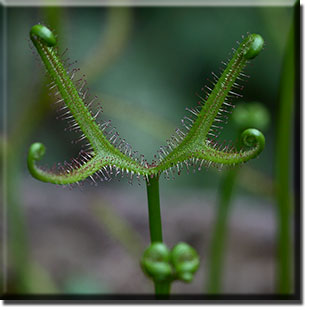
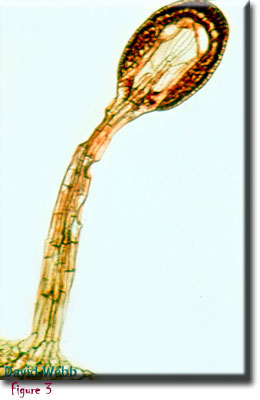
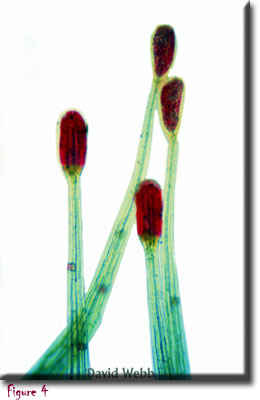
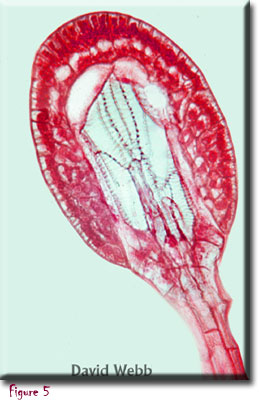
 TRAP TYPE: Flypaper Trap
TRAP TYPE: Flypaper Trap




